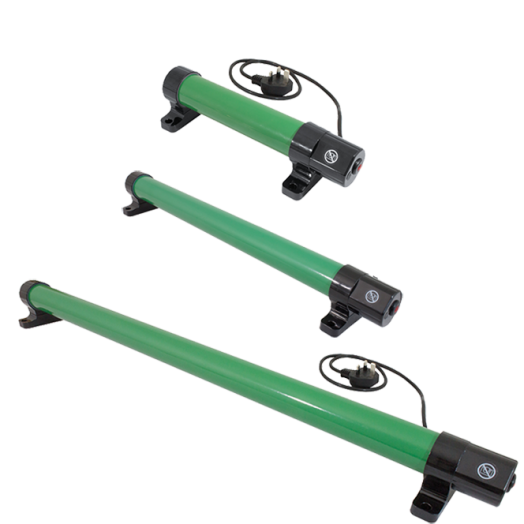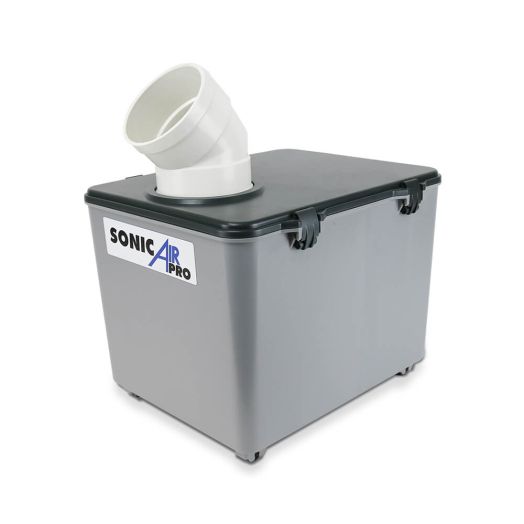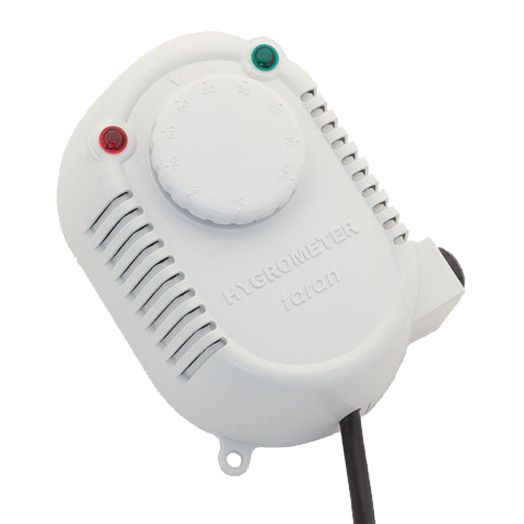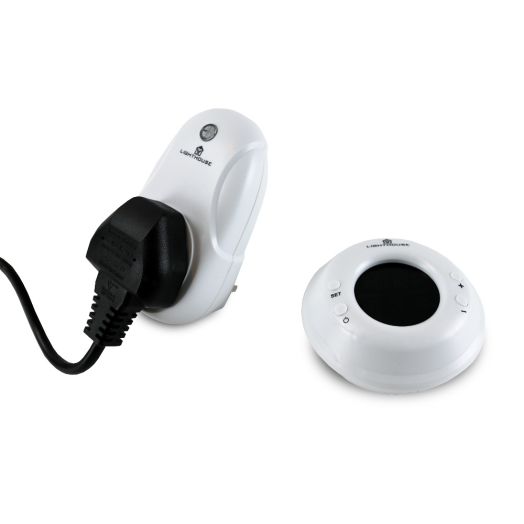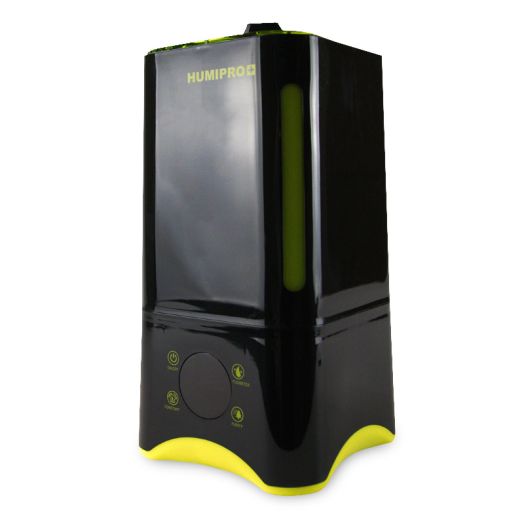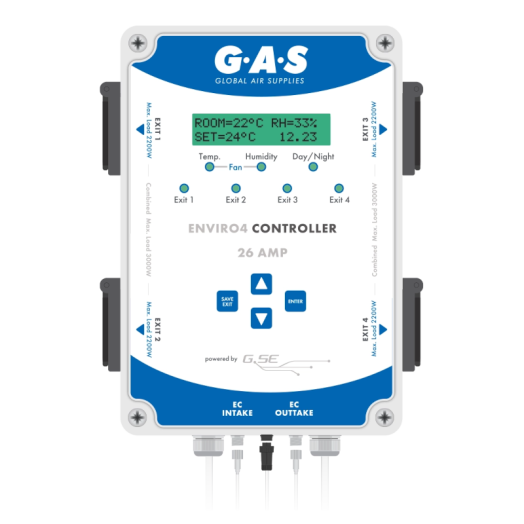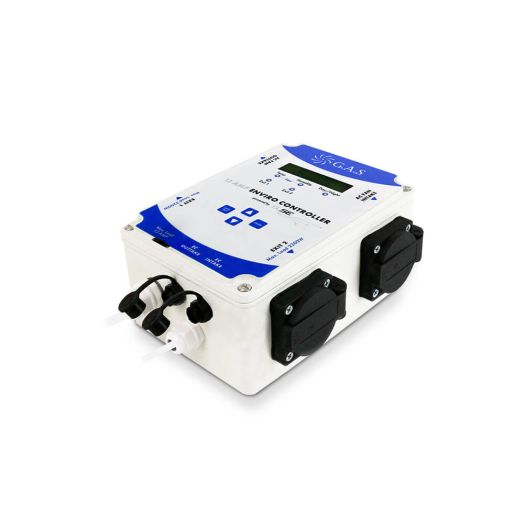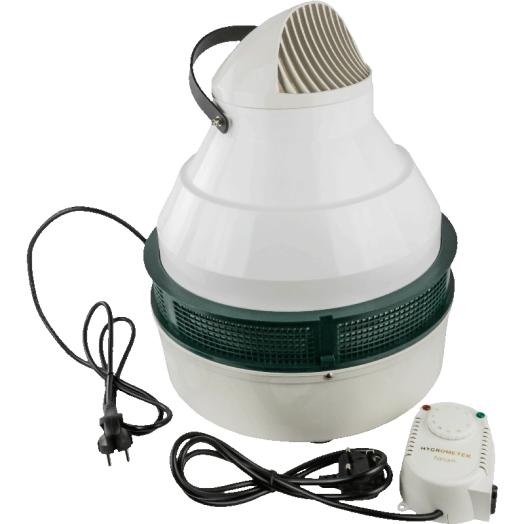Heat & Humidity Control

Sometimes 4-walls, a roof a grow light aren't enough to provide your plants the perfect environment to facilitate strong plant growth. This range of temperature and humidity equipment allows you to control and maintain the environment you want. Providing a consistent environment plays a huge role in your plant's performance. Read our buyers guide below for more info on heat and humidity in your hydroponic environment.
Hydroponic Heat And Humidity
There are optimal ranges for both your temperature (20ºC - 28ºC) and humidity (around 40% - 70%) with plant growth being the strongest and fastest between these ranges. The longer time or the more regularly plants are subjected to temperature and humidity outside of these ranges, the more plant health is at risk, and the likelihood rises of contracting disease.
Plant growth is best facilitated when your environment is between the optimal ranges and is somewhat consistent between day and night readings, you should reduce the amount of swing in temperature and humidity over time. Running your lights at night can help offset the temperature fluctuations by balancing the heat generated during lights on with the cooler night air and your lights off temperatures are balanced with higher daytimes temps of when the sun is out.
Temperature and humidity are easy to overlook - they’re not physical attributes you can see but your plants will feel their effects. We can directly measure temp and humidity with thermohygrometers. Most thermohygrometers come with a max/min function to let you know the lowest and highest temp & humidity recorded since the last reset, letting you know if there are large swings in variance; if this is the case, you’ll need to take remedial action to get your environmental factors back within safe values.
Humidity is reliant on air temperature; as the air temp increases, its capacity for carrying water also increases. This means that if you heat air without evaporating additional water, the humidity will drop and if you cool humidified air you are extremely likely to get condensation on your fruit and vegetables which could lead to rot.
During their vegetative phase, plants can cope with and may even grow better in high humidity environments (50% - 70%). As plants mature, they require a less humid environment, as high humidity can cause problems with flowers and fruit. This is especially important in the final 4 weeks before harvest, when fruits are dense enough that a bacteria or fungus can easily take hold and in the worst cases ruin an entire crop.
Depending on the positioning of your intake for your growing space, your temperature and humidity are highly dependant on the ambient temp and humidity. During winter, the intake air can be extremely cold, which could stunt plants, hindering growth when the air is not preheated. The converse is true during summer when outside temperatures are high since your extraction will be venting stale air which is replaced by similarly warm air. This air further heats due to the equipment in the room which can lead to soaring temperatures, negatively impacting on plant growth.
To increase your humidity during propagation and vegetative growth, you can use our range of humidifiers. To decrease your humidity in flower, you can use our products from abzorb or invest in a horticultural dehumidifier from Quest.
If you’ve got more questions about heat and humidity control in a hydroponic environment, email us or call our specialist team on 0800 085 7995

